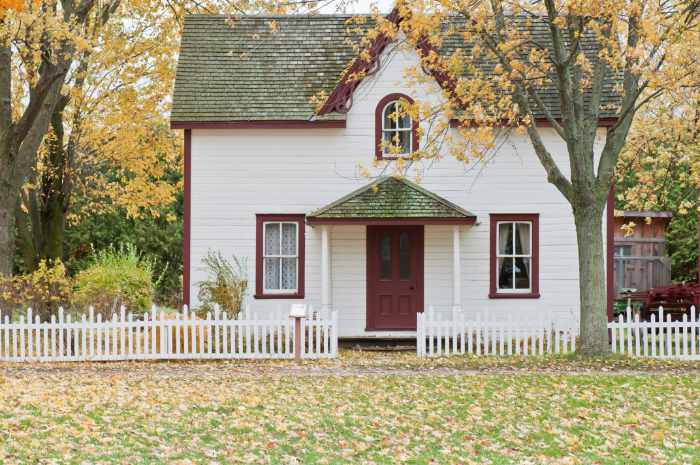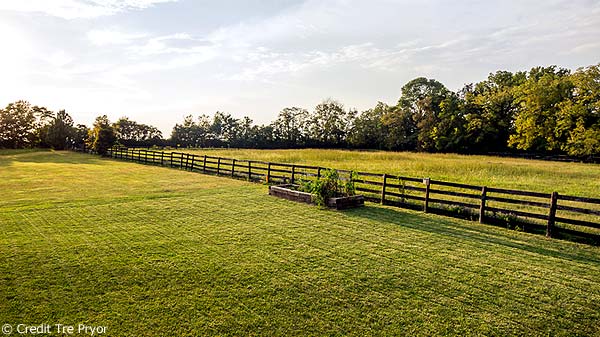A common question many homeowners have is, “Can I put a fence on my property?” And rightly so, there’s the old adage, “Good fences make good neighbors.” So, before you start digging or calling a fence company to do the work for you, there are a few things you should know about fencing and your property line.

Fencing and Your Property Line
Step 1: Identify Property Lines
Arguably the most important step is this one. And it’s amazing how many homeowners fail to do it properly! The last thing you want to do is go through all the trouble and expense of installing a fence only to find out you must remove it. Why? Because you built it on your neighbor’s land!
So how do we avoid this? I’m glad you asked!
If you don’t already know the exact boundaries of your property, you’ll need to order a survey. Plan on spending roughly $500. This is the national average price but they do vary depending on your city and the size of your property. The company you hire will send a professional out to your home and they’ll use various techniques, including satellite positioning, to mark your property’s boundaries.
Note: There’s a chance that boundary pins are already in place and the surveyor can simply identify them for you and save you a bit of cash.
Once your property boundaries are marked we can move to step two!
Step 2: Accommodate Your Deed Restrictions
When it comes to fencing and your property line, your deed restrictions must be followed. Or you might end up on the wrong side of a lawsuit.
Depending on where your home is, you may be subject to the deed restrictions of your neighborhood. This should have been something your Realtor helped you understand at the time of your home purchase.
Almost all properties are subject to the laws of their principality (city, town, etc.). These are generally quite limited and only restrict obvious dangers like running a meth lab or plutonium enrichment plant. (I’m joking but you get the idea.)
When you look at your neighborhood’s deed restrictions there will likely be more rules added such as:
- Can I even install a fence?
- Are there restrictions on the height of the fence?
- What kind of fences are allowed in terms of materials?

You want to have all of these questions answered before you move on to the next step. So contact your Homeowner’s Association representative and learn what’s allowed and what’s not.
Step 3: Pick Fence Type and Plan the Path
As you might guess there are various types of fences, each with its pros and cons. Wood fences are the most common due to their lower price but with recent problems in the supply chain, the increased price of wood narrowed the gap between wood fences and other types.
Obviously, you’ll want to consider the price, but you should also think about how long each fence type should last. Combine that with the regular maintenance that certain fence types require. Walk around your neighborhood and see what your neighbors have chosen. Maybe even ask who they used to install the fence and if they would recommend them.
There are new composite fencing options that you might want to consider as well. They do a great job of standing up to the weather and can be styled in ways that metal or wood fences can not.
Pro Tip: Once you’ve identified the type of fence you’re going to install and where it will be, draw it up and get a signature from your HoA representative. That’s covering yourself against future problems.
Step 4: Install the Fence
Now, that you know your fencing and your property line, here’s where you might want to try and tackle the project yourself. It’s not rocket science after all. But it is a great deal of work. If you do plan to go this route consider renting an auger from your local big box store. You’ll be glad you did.
Most homeowners choose to hire a fence company to put the fence in. There’s definitely an appeal here. Sure, you’ll have to pay them for it but you’ll avoid a great deal of manual labor and feel good that the job will be done well. When interviewing fence companies, make sure to ask about their warranty. After all, anything out-of-doors will be affected by the weather and will deteriorate in some way.



